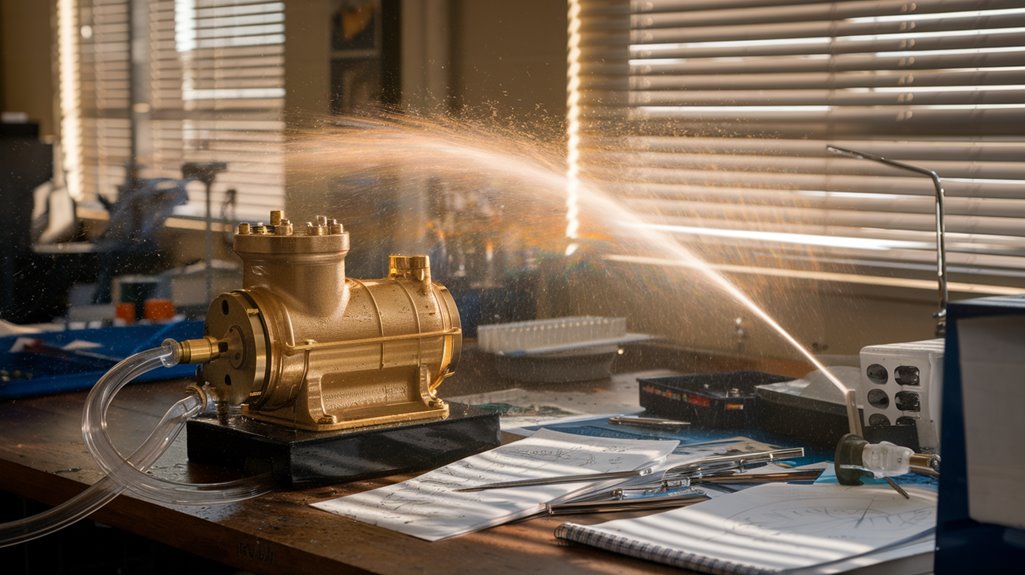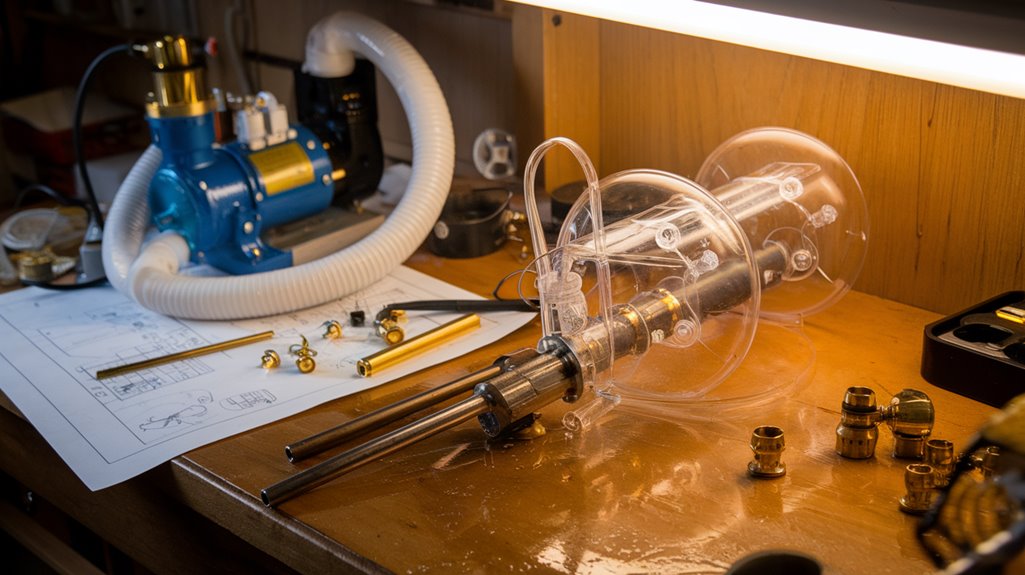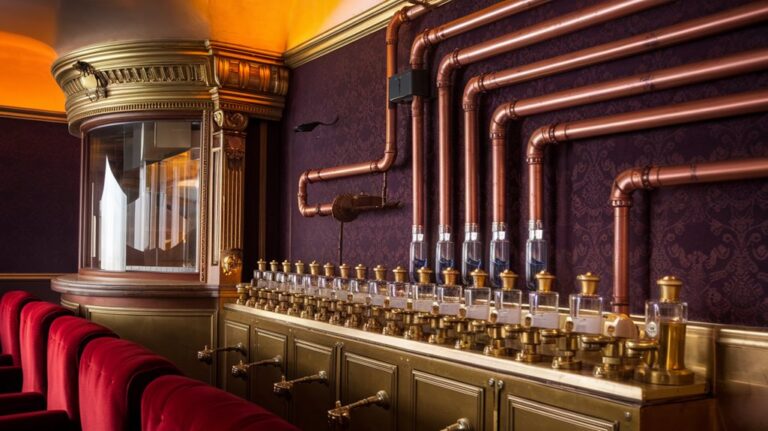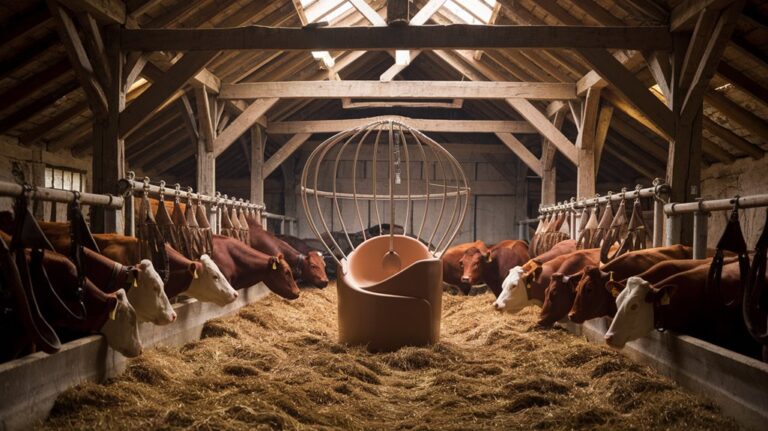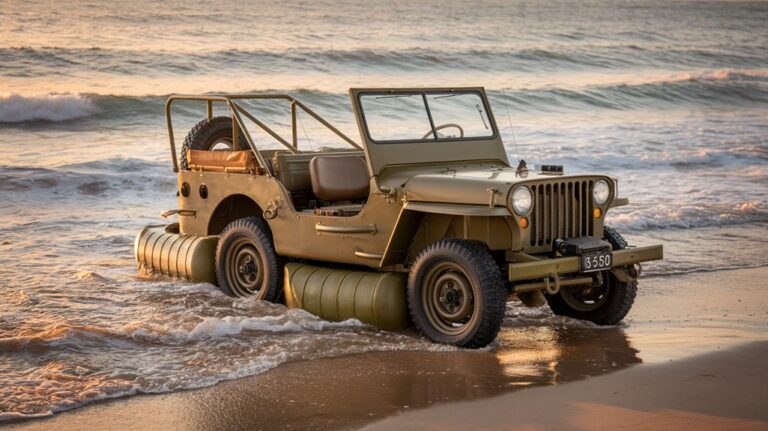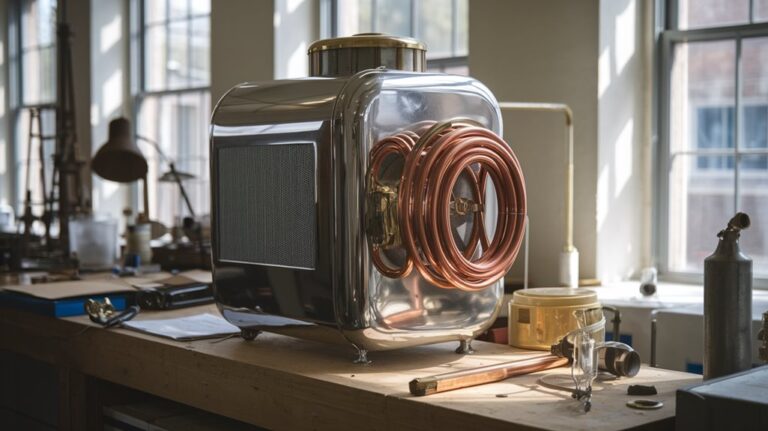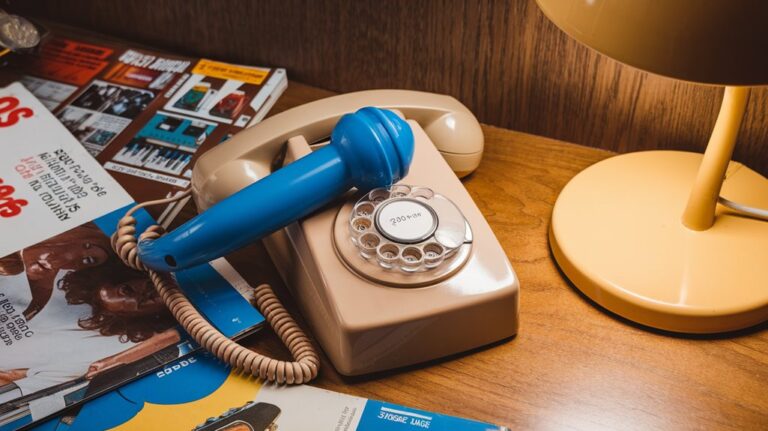When Lonnie Johnson’S Cooling Pump Turned Into a Super Soaker by Accident
You've probably sprayed someone with a Super Soaker on a hot summer day, but you won't believe how this iconic toy came to life. While working on an environmentally friendly heat pump in his bathroom, NASA engineer Lonnie Johnson accidentally created something far more entertaining than his intended project. The surprising incident that followed didn't just soak his bathroom walls – it launched a billion-dollar revolution in backyard water battles and changed the way generations would play outdoors.
The Accidental Discovery That Changed Summer Fun
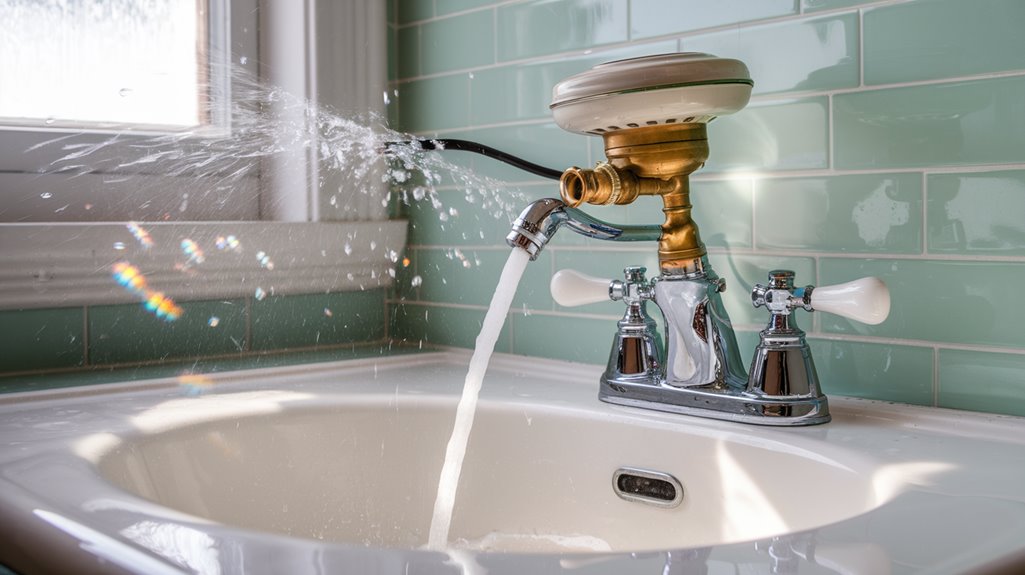
While working on an environmentally friendly heat pump system in 1982, engineer Lonnie Johnson accidentally created what would become one of summer's most iconic toys. During his experiment with water instead of Freon, a leak in the system shot a powerful stream across the room, sparking an unexpected invention inspiration.
Rather than seeing this mishap as a failure, Johnson's playful engineering mindset recognized the potential for something extraordinary. His initial prototype proved extremely effective, capable of shooting water 40 feet. In 2020, some Super Soaker models faced safety recalls due to potential lead exposure concerns.
You might be surprised to learn that the first Super Soaker prototype came from simple materials you'd find at any hardware store. Using Plexiglas, PVC pipe, and a two-liter soda bottle, Johnson transformed his accidental discovery into a working model.
This humble beginning would revolutionize water toys and prove that sometimes the best innovations come from unexpected moments.
From NASA Engineer to Toy Inventor
Before becoming a toy industry legend, Lonnie Johnson built an impressive career as an aerospace engineer.
You'll find his early work at Oak Ridge National Laboratory, followed by roles with the U.S. Air Force and NASA's Jet Propulsion Laboratory, where he contributed to the Galileo mission.
His career shift began in 1982 when he created the Super Soaker as a side project, applying his engineering creativity to develop a high-powered water gun. The initial prototype was crafted using PVC pipe and nylon.
Despite facing seven years of rejection from toy companies, Johnson's persistence paid off when Larami Corporation partnered with him in 1989. His innovative spirit led him to establish Johnson Research and Development, his own engineering firm, that same year.
The Super Soaker went on to generate over $200 million in retail sales within just two years, becoming America's top-selling toy and proving that an engineer's innovative mindset could revolutionize the toy industry.
Building the First Super Soaker Prototype
In 1982, while still working at NASA, Johnson's accidental discovery during a heat pump experiment sparked the creation of the Super Soaker prototype.
Using his home workshop and lathe, he crafted the initial design from readily available prototype materials including PVC pipe, acrylic glass, and a two-liter soda bottle as the water reservoir.
The innovative design features included a manual pressurization pump, a trigger-activated flow control valve, and a specialized nozzle that could shoot water up to 40 feet.
His early passion for building toys and machines, which he learned from his father who taught him how to make basic electrical circuits, helped inform his innovative water gun design.
Johnson even added a unique touch by incorporating a battery-powered oscillator circuit and water flow-powered sound generator to create "space ray gun" sounds.
Initial tests with his daughter proved successful, leading to further refinements of the design.
After receiving his patent in 1986, he refined the prototype through multiple iterations before partnering with Larami, who'd eventually transform his invention into a billion-dollar success.
Turning a Bathroom Accident Into Market Success
During a routine heat pump experiment, a powerful stream of water unexpectedly shot across Johnson's bathroom, sparking an idea that would revolutionize summer fun forever.
Working to create an environmentally conscious solution, he chose to experiment with water instead of Freon.
What seemed like a simple bathroom mishap turned into a moment of inspiration as Johnson realized the potential for a revolutionary water toy.
Using basic materials like PVC pipe, Plexiglas, and a soda bottle, Johnson built his first prototype.
As an accomplished NASA robotics engineer, Johnson applied his scientific expertise to refine and perfect his invention.
Though it took nearly a decade of rejections before finding a manufacturer, his persistence paid off when Larami Corporation took a chance on his invention.
Initially launched as the Power Drencher in 1990, the rebranded Super Soaker went on to generate over $1 billion in total sales, proving that sometimes the best innovations come from unexpected accidents.
Environmental Innovation Meets Playtime Revolution
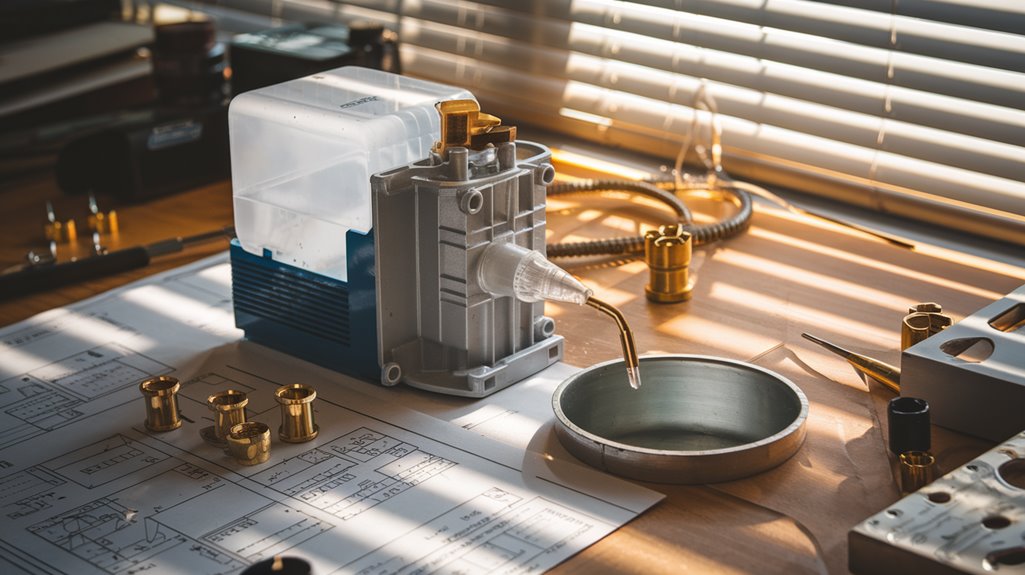
While traditional toys have contributed considerably to environmental challenges, a new wave of sustainable innovation is transforming the way children play.
You'll find manufacturers shifting away from harmful plastics toward eco-friendly materials like sustainably sourced wood, organic cotton, and natural rubber. These sustainable toys aren't just better for the planet – they're safer for your children too, eliminating exposure to toxic chemicals often found in conventional toys. Electronic toys frequently containing lead and cadmium pose significant health risks to children during play. What began as experimentation with nozzles for an eco-friendly heat pump led Lonnie Johnson to revolutionize water toys with the Super Soaker.
The revolution extends beyond materials to educational value. When you give your kids sustainable toys, you're helping them develop environmental awareness early on.
Today's innovations, from 3D-printed designs to bioplastics made from food waste, are creating exciting possibilities. Companies like LEGO are leading the charge by incorporating sugarcane-based plastics, showing that environmental responsibility doesn't compromise play value.

